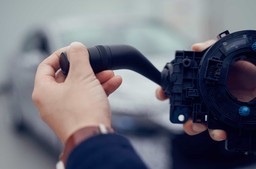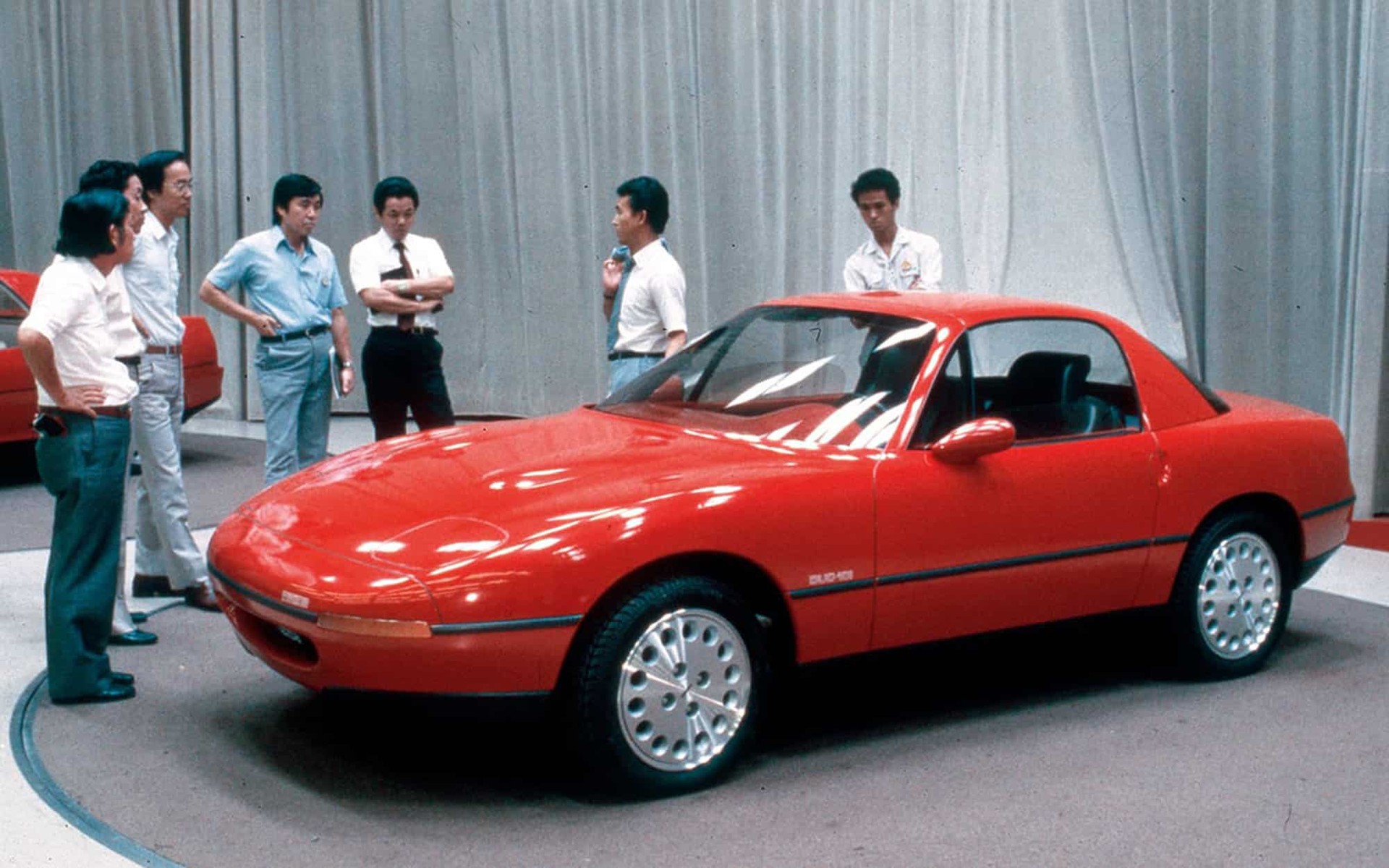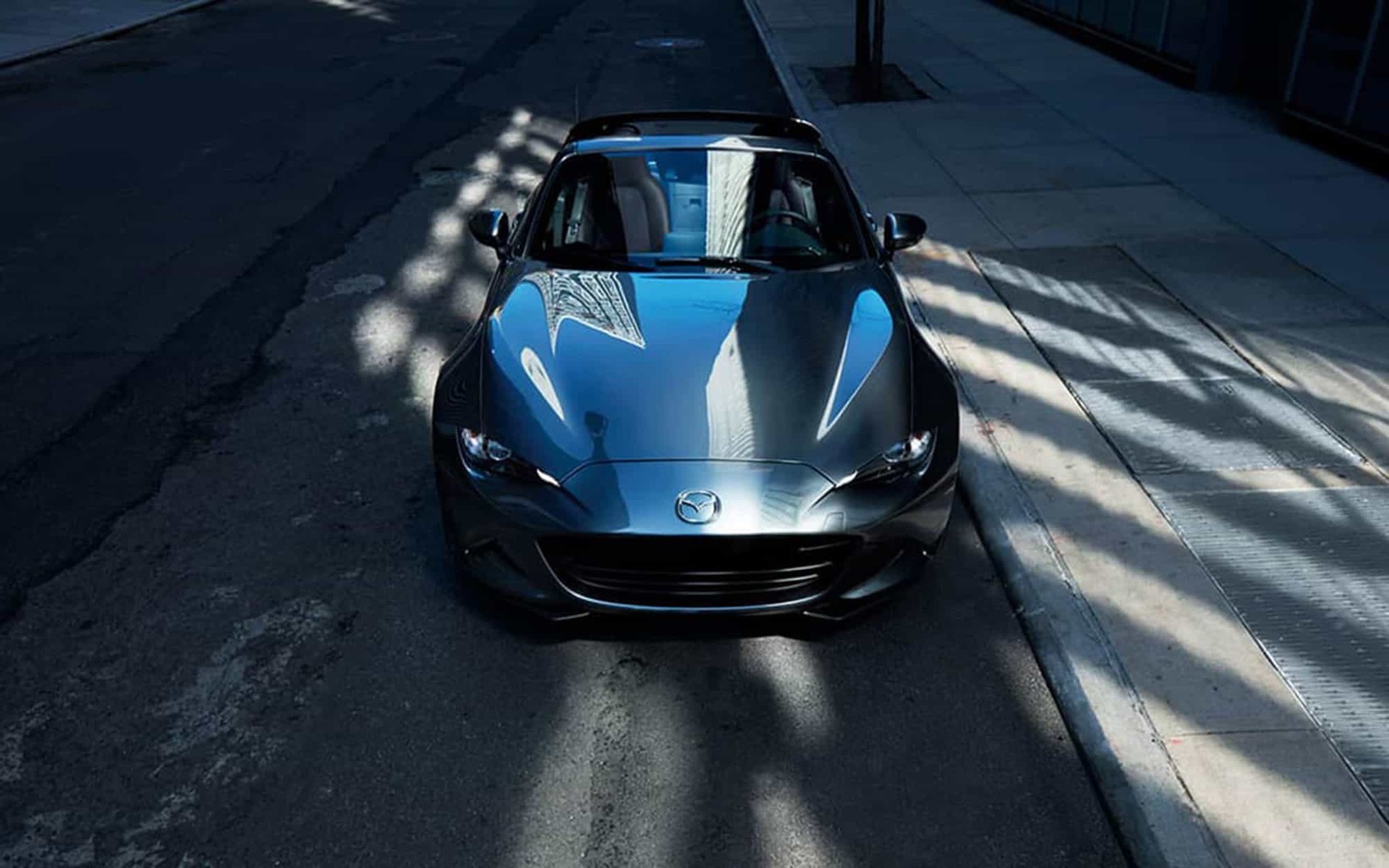
INNOVATE
Mazda and the science of touch
Interpreting emotions makes better cars. Mazda Stories meets the psychology professor helping Mazda’s craft team understand the human psyche.
Pyschologists have long been used by elite sportsmen and sportswomen to aid performance. And now they are extending their influence into the world of car manufacturing, thanks to Mazda. The company is an acknowledged leader in Kansei Engineering (the development of technology that stimulates the senses of drivers to make cars more enjoyable to drive), first researching it in the 1980s.
Since 1999, Kansei Engineering has been the responsibility of Mazda’s Craftsmanship Development Group, launched by Nobuyuki Fukui and his team to support the work of the takumi, Mazda’s craftsmen and women. With Mazda’s latest generation of cars, Kansei Engineering is being taken in an innovative new direction, thanks to a psychology academic.
Kenta Kubo is an associate professor of psychology. Since 2014 he has worked with Mazda’s takumi to provide insight into how understanding human emotion can help their work.
Engineer Asami Yonezawa picks up the story. Yonezawa is behind much of Mazda’s pioneering work on shokkaku, or the sense of touch. She was having a problem with a steering wheel she was working on. She says: “We saw that its leather material could be better. And that got me thinking about touch. What goes into touch, what constitutes a good touch? And how can you measure something so subjective?”
As it happened, Fukui had also been pondering this question and had decided to contact Kubo. “When Fukui first asked me to join his team, I had an image of parts on an assembly line. I didn’t see myself here,” says Kubo, with a smile. Nowadays, Kubo pays regular visits to Mazda, working with a team of 16 takumi.
He recalls: “Yonezawa had made her steering wheel prototype, understanding that touch could be traced to human emotion. I came in to introduce methodology for accurately measuring emotion.” But what was the initial reaction when the man from academia infiltrated the labs of Mazda? Yonezawa, who shares a natural rapport with Kubo, bursts out laughing. ”It was ridiculously challenging. We had no idea what he was talking about at first.”
”It was ridiculously challenging. We had no idea what he was talking about at first.”
Asami Yonezawa
Kubo agrees that the craft team faced a steep learning curve: “Emotion was not really a word that existed in the world of engineering, so everyone found it hard to understand.” Kubo realised the best way of getting his message across was by making a product to show the team, so he enlisted one of Mazda’s engineers to help.
“I made this,” he says, holding a square piece of plastic. “It’s a switch. There are about 70 switches in Mazda’s cars. And the switch ‘feeling’ is a very important element in the industry—a sign of fine craftsmanship.“ It took a year and a half for Kubo to achieve what he wanted; not the “click-click“ feel that was standard elsewhere in the industry, but a switch that provided a more active, animated feel.
It was the explanation of what he was seeking to achieve that was key, though. Emotions, Kubo stressed, are always a consequence of physical changes. We don’t cry, for example, because we’re sad, we’re sad as a result of crying. So, applying this thinking to the switch, if its physical state could be measured, the emotional changes of the user could be tracked. This was a breakthrough. “The team realised I was on to something. It was no longer academic. The knowledge and the technique for measuring emotion—we’d got it. We could imbue our products with emotion.”
After this, the bond between Kubo and the craft team strengthened significantly. Applying Russell’s Circumplex Model of Affect, a psychological emotional model, they decided how Mazda switches should feel. Kubo explains: “Everyone’s perception of touch is different. That’s why we used this model—how much force is needed to get an appealing click.” The Circumplex Model diagram shows the range of values possible. As Mazda’s vision is to deliver cars that brighten people’s lives, a switch that is actively pleasing to use, as well as reassuring, was pursued. But striking the right balance was very complex. Kubo says: “If it is too active you become exhausted, too smooth and you become bored. We wanted an ‘up’ value that felt extremely pleasant.”

The Circumplex Model of Affect
This psychological model is
used to rate how experiences cause a range of positive and negative emotions.
Experts at Mazda were floored by the quality, and Kubo says this is because it has a “psychological element. It’s the result of emotional engineering.” So what’s next? Consistency will be key. ”We are taking the idea throughout the car for continuity. People will marvel at the lengths Mazda will go to to enhance driver experience. We are exploring the value of harnessing the senses to encourage people to want to drive.”
Words Kate Klippensteen / Images Eric Micotto
find out more
Feel good in Mazda
Enjoy Mazda‘s tactile interiors












